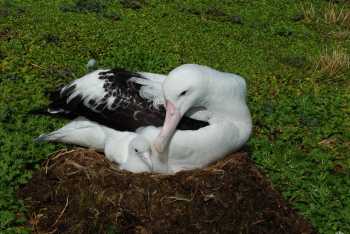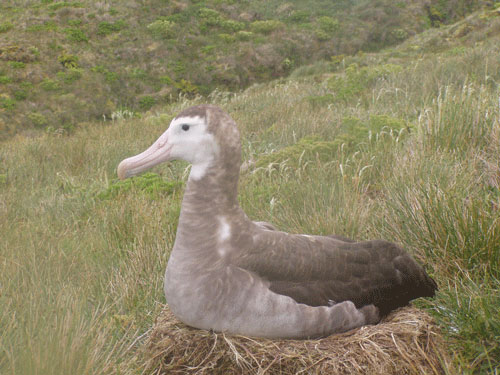All things must pass: the 54-month streak comes to an end
In the 10 years since 2006 when the Agreement’s website went live, its news section, known as ACAP Latest News, has published a total of 2376 short articles. From June 2011 daily news items have been posted for four and a half years without breaks for weekends, holidays, field work on oceanic islands away from the Internet, ship journeys or international travel by air. Such an unbroken run is known colloquially as a “streak”. ACAP Latest News has a hit counter so it is possible to see how many times a story has been read, or at least clicked and opened. Using this it is has been noticed that articles posted over weekends tend to get fewer hits than those posted during the week.
From tomorrow, the streak comes to an end, so expect fewer items to be posted on weekends and holidays. However, ACAP Latest News will continue to keep you informed of significant developments in the field of research and conservation of the 31 ACAP-listed species of albatrosses and petrels and their habitats, as well as of a selected group of other procellariiform seabirds – mainly shearwaters. The odd excursion will continue to be made to report on albatrosses and petrels in art: sculpture, paintings and poetry. Book reviews and obituaries of seabird researchers and conservationists will also continue.
What’s been happening? Searching ACAP Latest News
Over 2000 news stories make a useful research source when a search function is used. For example, a quarter of them (631) feature scientific publications, with the paper’s abstract and reference included and with a link to the complete article. A search reveals which are the most studied (and written-about) ACAP species. The Wandering Albatross Diomedea exulans scores highest (249 hits of which no less than 72 report on scientific papers), in contrast to the least reported, the relatively little-studied Campbell Albatross Thalassarche impavida (15 hits).

A Wandering Albatross tends its chick on Marion Island, photograph by Genevieve Jones
A newly installed search tool has an advanced search option that allows for tailored searches. For example “Tristan Albatross D. dabbenena and mouse and mice” gets 33 hits, reflecting the serious conservation problem this Critically Endangered species faces on Gough Island where attacks by mice on downy chicks result in a very low breeding success every year.

A female Tristan Albatross incubates on Gough Island, photograph by John Cooper
The new search tool also allows for bibliometric-type analyses. For example, if 20% (20/102) of news items that mention the ACAP-listed Balearic Shearwater Puffinus mauretanicus feature scientific publications, but only 13% (6/46) do for the recently listed Pink-footed Shearwater P. creatopus, could this suggest that there are studies on the latter species that remain unpublished?
And who are the most prolific authors of scientific papers published on ACAP species in the last 10 years? It’s a tie at 55 featured each for Richard Phillips of the UK and Co-convenor of ACAP’s Population and Conservation Status Working Group and Henri Weimerskirch, Vice Co-convenor of the same group, from France.
Try out the new search function and see you all in the New Year!
With thanks to Jan Dabrowski of Web Monkey, Hobart, Australia for installing the improved search tool.
John Cooper, ACAP Information Officer, 31 December 2015

 English
English  Français
Français  Español
Español